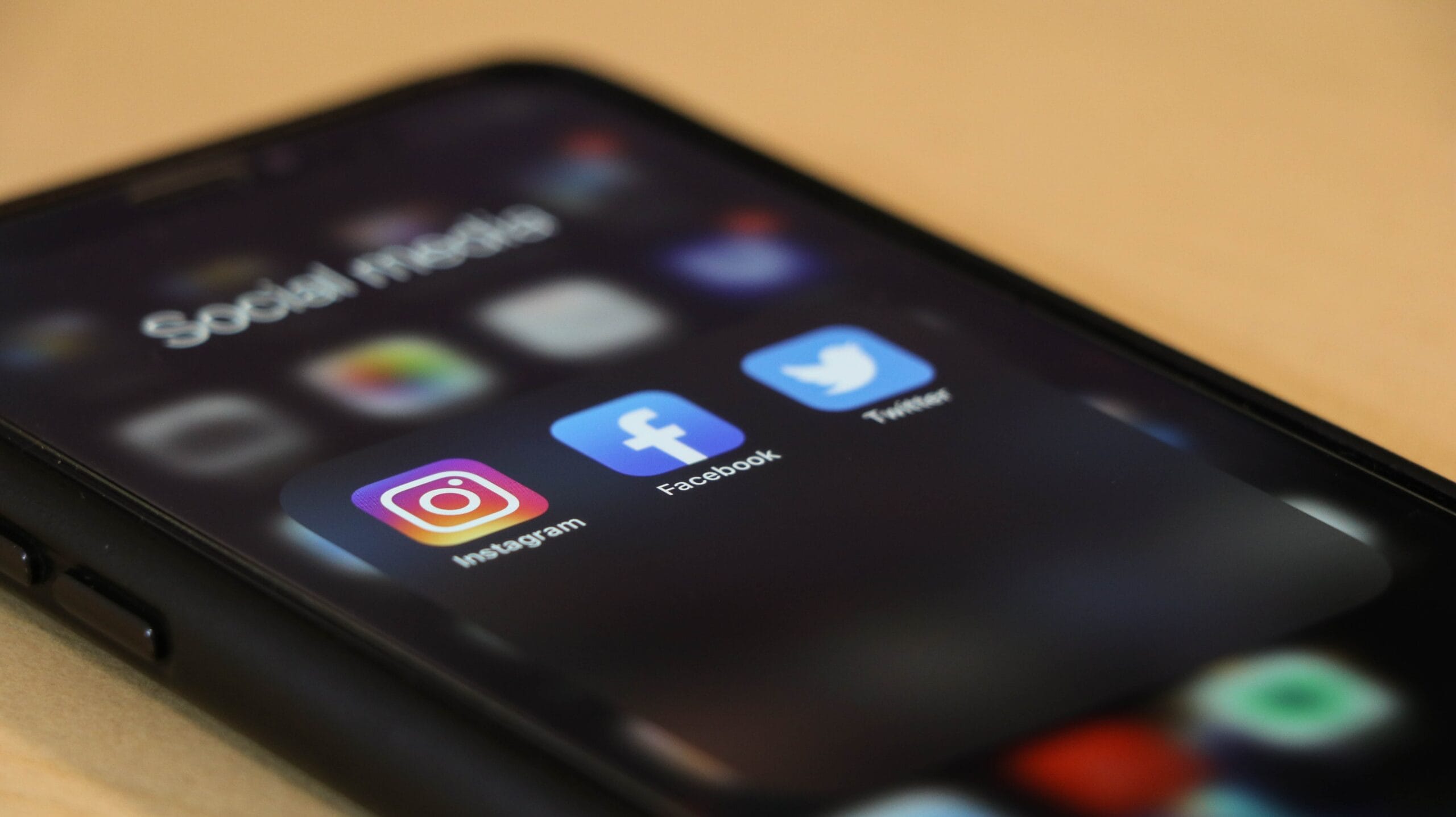We’ve all had that moment where you tell a friend about some nifty new product you wanted to buy, and then you start seeing it pop up in your Facebook feed. You ask yourself, “was Facebook listening to me?”
While it would be cool (or maybe scary!) to say that Facebook could listen to you and show you ads for what you want to buy, that is not the case. What is happening is that the business you are thinking of buying from is using cross-channel marketing. Somewhere along the way, you clicked into a blog, video, or webpage to get more information about their product.
Let’s say you have a potential customer looking at a product on your website, but then they don’t buy it. It’s not that there is anything wrong with your product; it’s that the customer journey they took did not convince them that they need your product right now. That is okay, not every customer will follow the same journey. They may simply need more time to decide to buy. And the best way to help them with that is to make sure they don’t forget about you.
Instead of counting them as a lost sale, try leading them through a different path. One that may help them see exactly why they need your product. You can do this with cross-channeling marketing!
Now let’s say that same potential customer is scrolling through social media and seeing an ad for your product. While they may be wondering if someone was listening, the truth is Facebook knows they were recently on your website from a tool called a Facebook Pixel. This tool allows Facebook to better target their ads to people more likely to interact with them.
To further break down cross-channel marketing, it is the strategy of using all the different platforms consumers use to interconnect your content and create digital touch points on more than one platform.
So, now you’re the creeper in the background popping up every time this potential customer turns around, right? Well, not really. You are simply allowing them to follow a different path back to your product, one that may be more suited to that customer’s needs.
You can use your ad to allow them to sign up for an email campaign and slowly build a relationship that will lead them back to your product. This strategy will enable you to create a deeper relationship with your current and future customers. You want to be able to give them the value they need to feel confident in their purchasing choice.
Another benefit to using cross-channel marketing is that you can bring more attention to your brand by reaching customers on all their favorite platforms, while saving a little time and money since you are not writing an individual strategy for each platform.
When creating a marketing strategy, you usually create an individual strategy for each platform. When using a cross-channeling marketing strategy, you use the same strategy and fit it to each platform. You want to have content that easily translates from one channel to another.
An example would be a blog post that would be equally compelling as a Facebook update or produce a YouTube video that also plays well as an audio podcast. By embedding such digital strategies end-to-end, you can build a better connection.
You can also use cross-channel marketing on interconnected platforms such as Instagram and Facebook to market on both platforms at the same time.
Cross-channeling marketing is a little more complicated than other strategies. It would be best if you were sure you have clearly planned out how each post will interact with each platform and continue tweaking your strategy to fit what your audience is looking for. For more tips on how to relate to your audience, check out our blog post. "Five Things You Can Do to Relate More to Your Audience."
If you notice you are having more unsubscribes or are losing likes you need to quickly tweak the strategy. If your audience does not like the way you are advertising your products it means you could risk leaving a negative feeling associated with your brand and hurt future sales. Be sure that as you build your strategy and test out different ideas. You need to pay close attention to your customer feedback in all the other forms it can come to you.
Your goal is to bring in new customers and continue building a positive brand identity. Using cross-channel marketing allows you to create more digital touchpoints with your customers by using the full advantages of each platform. Persistence is the key to building more profound, longer lasting relationships with your customers.



